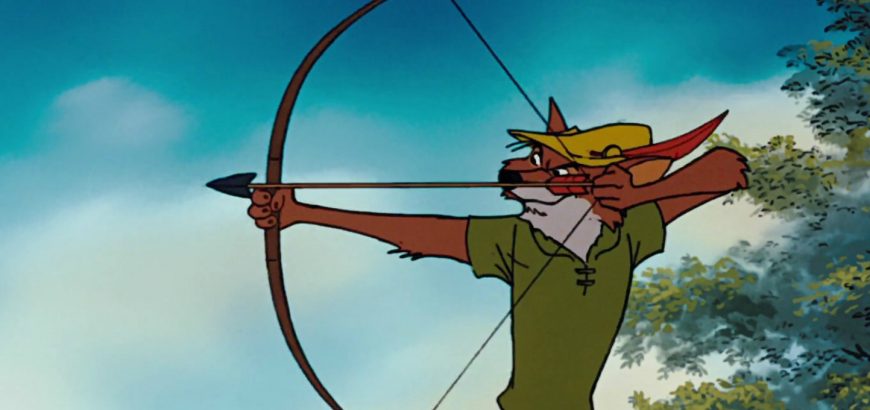Bow hunting is one of those things I have always liked the idea of. It complements the usual rifle hunting so well, but adds a number of different elements. In recent years I have seen more and more bow hunting photos and trips popping up on my favourite hunting shows and Facebook pages, which started to whet my appetite even more.
I decided I would try and get myself behind a bow to give it a go, I had never even shot a compound bow before, so didn’t really know if I was going to enjoy it or not.
Full disclaimer time, I’m writing this as a reasonably knowledgeable newbie, I’m not an expert by any means. There are plenty of very knowledgeable “pros” on the internet so please do plenty of your own research, I’m writing this to help others who may have thought about giving it a go to get into the sport from a novice’s perspective.
Initially I did a fair bit of internet research, saw what you should look for in a bow, how to shoot one, what others were using, and what sort of things I thought I might want in a bow, should I ever get one. I gave myself a bit of a budget to keep in the back of my head. It wasn’t huge, as I had all my hunting gear and it was only the bow-specific things I needed, but I also didn’t want to buy something cheap and nasty, which I would outgrow in a year or so.
Fit for purpose
With all this in mind, I rang a couple of local archery stores, told them I was a complete newbie and asked what I should be looking for, and if they had anything that may suit me. Everyone I spoke to was extremely helpful, and I learned a great deal from the phone calls alone. In particular, how important it is to get a bow fitted to the shooter, rather than just grabbing something off the shelf. You need to adjust draw length, poundage, arrow length, peep sight placement, etc., for each individual shooter. This is all easily done by an experienced archer, but for the completely uninitiated, I would highly recommend going along to a store and getting fitted correctly, rather than just buying off the shelf.
During one of my phone calls the guys from Advanced Archery invited me down after work one evening to shoot a few different bows and get a feel for it. Obviously an opportunity I couldn’t pass up.
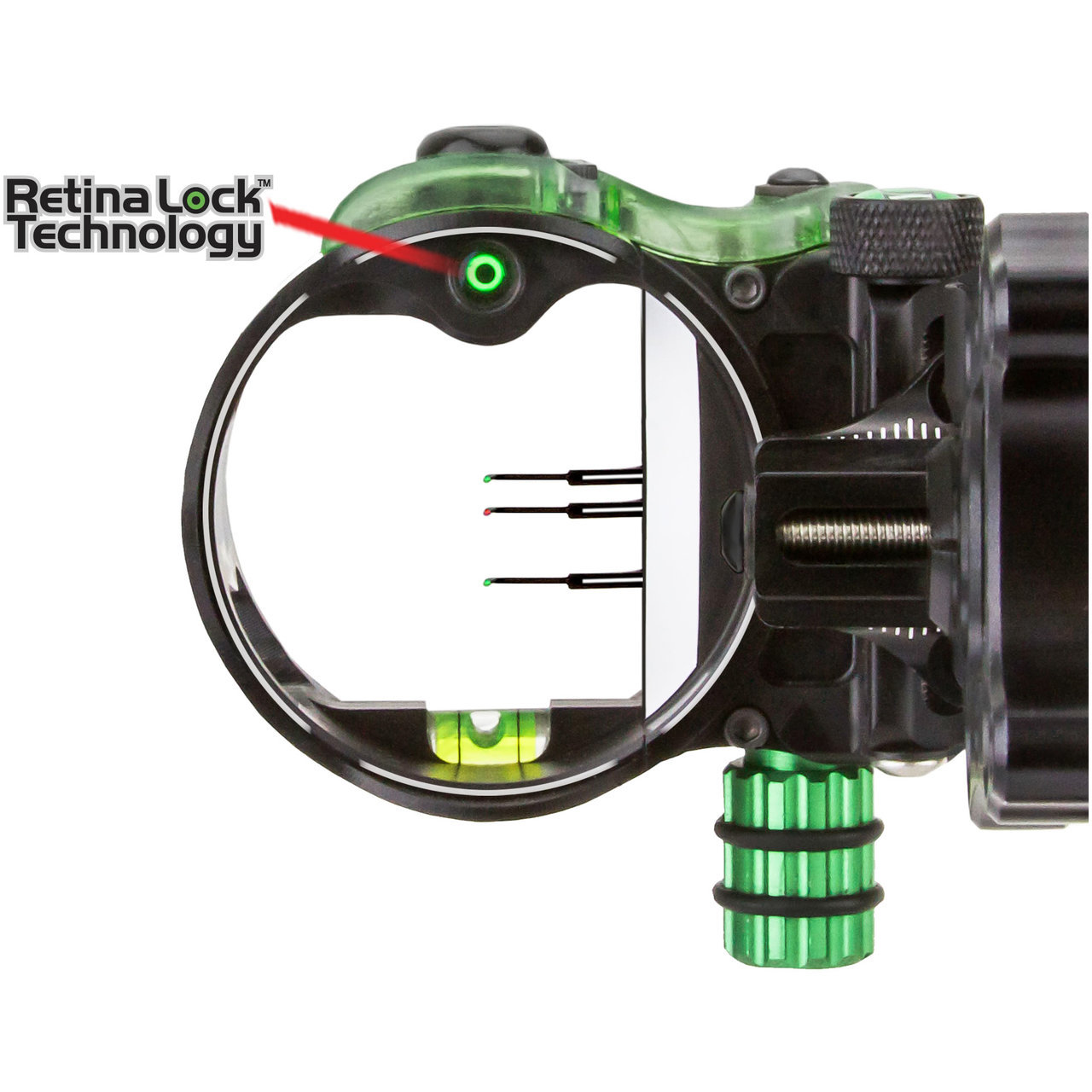
Getting measured
I walked into the store having never shot a bow and knowing only what I had read about, or seen on videos. The guys at Advanced Archery sized me up and showed me a huge range of bows that could be adjusted to fit me. They suggested I try them all and were only too happy to spend the time setting each one up for me to shoot. We spent several hours on their indoor range, shooting all different types of bows in all different configurations, and learning lots of little tips and tricks. By the end of the evening I was shooting like a pro (well, shooting a heap better than I was expecting to), and knew exactly what I liked and what I didn’t.
This type of customer service and support is fantastic to see, and as such I would highly recommend going along to check them out! (I have no affiliation with them other than being a happy customer).
What should I look for in a bow?
So, if you’re interested in getting a bow, what sort of things do you need to be looking at?
Well, obviously, each person is unique and has their budget in mind, but in general I would highly recommend getting a bow that has a good adjustment range. Some of the very expensive bows are quite specific. Yes, they are probably better at their intended job than the cheaper bows, but as a newbie you probably want a slightly more forgiving bow (you don’t want to try and learn to drive in a Formula 1 car), but likewise you don’t want a bow that you’re going to outgrow in a short time. For this reason all the big bow makers have started releasing a range of bows that cover a wide range of users (Hoyt Inferno and Mission Craze both come to mind).
There are higher end bows that are modular, and will allow you to adjust by adding or removing modules. There are also adjustable cam models. Of course, this comes down to how much you plan on spending on your bow hunting venture.
Draw length is the adjustment that determines how far back you have to pull the string to load the bow. This is usually measured based on the height of the shooter (Da Vinci taught us that height = arm span) so it’s a fairly simple calculation for those who know what they are doing. There are a few more variables to consider, such as the draw length on your left- and right-hand-side, so getting a custom fitting is a great idea for those new to the sport. Its important to get this measurement right as it will have a huge impact on your repeatability and overall accuracy. A bigger adjustment window will mean it will suit a wider range of shooters (and therefor may help with resale if you ever decide to sell).
What will you be hunting?
Bow Poundage is the next measurement, Most high-end hunting bows should give you a range of at least 10 lbs. This means a 70 lb bow can be adjusted down to 60 lb, a 60 lb bow to 50 lb, etc. There are a couple of schools of thought on what you should set it at, one is that more is best, the higher the bow poundage the further it will fly and more powerful your shot will go. There is some truth to this, however based on conversations I have had with some of the countries best bow hunters there seems to be a feeling that most new bow hunters here tend to over poundage for our conditions, think shooting turkeys with a 50BMG.
The down sides of too much poundage is that it takes more effort to draw the bow, this has a direct result on how steady you can hold it and how many shots you are comfortable making in a session. You have to remember with a bow you’re not shooting for long range distance, your shots are generally going to be between 10-40 yards, so you only need enough poundage to humanely kill the animal you are hunting at that range, any more is really a waste and has impact on your accuracy.
What you intend to hunt will have a direct result on where you should set your poundage. (For those who haven’t shot a compound bow before, when you draw you are pulling through the maximum weight. When you get the bow drawn completely back, it hits what they call the valley in the cams, and the poundage you are then holding is only a quarter or so of the bows actual poundage. This means it is relatively easy to hold at full draw). Again a proper fitting from an experienced shooter will help here as they can watch you shoot and adjust the bow accordingly.
Selecting arrows for hunting
Most shops will sell packages of everything you need (walk in, walk out, go hunting), expect to pay $850 to $1400 ish for a middle of the road bow package or $600 to $1200 for just the bow. Obviously just like firearms you could spend less or spend a lot more, but for a starter package your not going to grow out of in 5 minutes this is what I would suggest.
Arrow length, weight and thickness are more variables that are best left to the experts. There is a calculation to be done which takes into account your draw length, the poundage you are shooting, and what you are going to be shooting at. This will all have a direct impact on how the arrow will fly, and therefore accuracy. Arrows aren’t overly expensive, expect to pay $12-$15 each for your first set of arrows depending on what you need, and you can use them many hundreds of times (until you lose them). These will be included in most packages. I’m not going to go into detail on arrow tips in this article, your arrows will come with field points (sharpened tips for target shooting) which can be unscrewed and switched out for hunting tips, tips are a whole article on their own…
Peeps & sights for bows
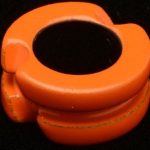
Sight wise, as you would expect, much like rifle shooting there are a number of options. Hunting Bow sights have two parts, the front sight and the peep sight. The front sight attaches to the riser of the bow near the grip, they generally have 1, 3 or 5 pins that extend into a circle, which are set like crosshairs at different ranges (e.g. 20, 30, 40 yards). Again these will come with the packages, but if you want to buy one separately expect $60 – $350, depending on what you want (some come with inbuilt lights, bubble levels, etc.).
The peep sight is a smaller circle which is spliced in to the bow string at the point at which your eye sits when you draw the bow, the idea being you look through the peep sight to align the front sight.
Quivers
Quivers. These attach to the bow to hold your arrows close at hand and keep the sharp tips covered while you’re climbing through the bush. Again as you would expect there are plenty of manufacturers and styles available so its down to personal preference, but one thing to consider is by putting weight (quiver and 5 arrows) on one side of your bow it will want to cant to that side when you draw it.
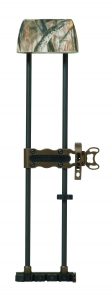
Not a problem for many people but If I was doing it all again I would pay a bit more to buy a quiver that is light and fits close to the side of the bow to reduce this cant instead of the one I got with my bow. (A company called Tight Spot makes a great quiver for this but expect to pay for it). Packages will come with a basic one which will be fine, or you could buy a basic one for $40ish but if you want a Tight Spot or similar expect to pay around $200ish.
Release aids
Release aids, when you picture olden day archers you think of people grabbing the string with their fingers and drawing the bow back. These days bow hunters and the majority of target shooters use release aids. For hunting, these generally consist of a strap which tightens around your wrist with a small clamping device which extends out. The idea is you clamp a small string loop which is spliced into the main bow string behind where the nock in the arrow sits, this holds the string tight and allows you to pull the string back without any weight on your fingers. When you’re ready to take the shot you pull a small trigger that extends out just like a rifle.
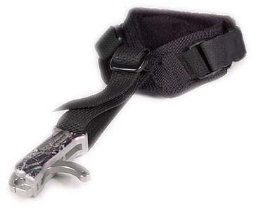
Again there are plenty of different brands and models available, they essentially all serve the same basic function, but you are paying for the cleanness of the break much like aftermarket rifle triggers. Most packages will come with one that will work fine, but if buying one expect to pay $40 to $250 depending on what you want (and more if you’re really keen).
A good trigger release aid is one that has no trigger travel. It’s worth the spending the money on, as it will make you a better shooter. If you have any more money in the budget over and above the minimum, this is the first thing to spend a bit extra on – it will make you a better shooter.
That’s essentially all you need to get out there and do it.. If you’re a hunter looking for a new challenge, or a way of simply complimenting your shooting sports I would highly recommend adding a bow to your Gun Rack.
I’ll try to keep you updated with my progress as things happen, but if you have any questions let me know and if I can’t answer them ill find someone who can.
Link to source of feature image
